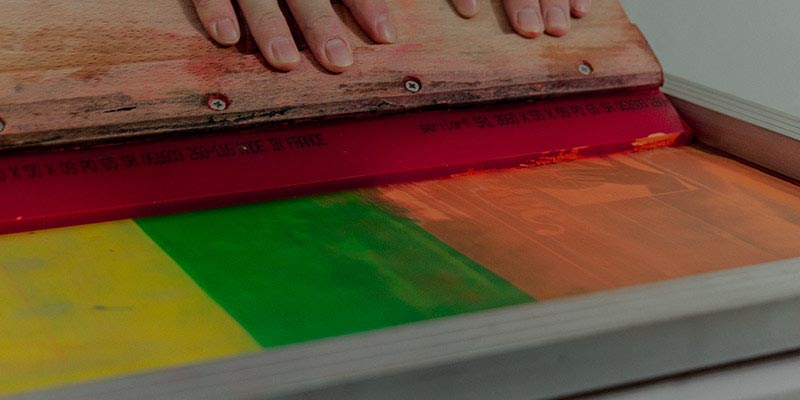In recent years, sustainability has become a critical concern for industries worldwide, including the textile printing sector. As businesses strive to reduce their environmental impact, the choice of printing method plays a significant role. This blog explores the eco-friendly advantages of reactive digital printing over traditional screen printing in the textile industry.
Reduced Water Consumption:
Water scarcity is a global issue, and textile production is notorious for its high water consumption. Reactive digital printing stands out as a more eco-friendly alternative due to its significantly reduced water usage. Unlike screen printing, which requires extensive rinsing and washing of screens and equipment, digital printing employs water-based reactive inks that require minimal water for cleaning and maintenance. This water conservation aspect makes reactive digital printing a sustainable choice.
Minimized Chemical Usage:
Traditional screen printing relies on the use of various chemicals, such as emulsions, solvents, and fixers, which can be harmful to both human health and the environment. Conversely, reactive digital printing utilizes eco-friendly, water-based inks that are free from harmful chemicals like heavy metals. This not only ensures a safer working environment for textile workers but also reduces the release of toxic substances into water bodies, minimizing pollution and ecological damage.
Waste Reduction:
Screen printing often generates a substantial amount of waste due to the need for color mixing and excess ink on screens. In contrast, reactive digital printing offers superior efficiency by eliminating color mixing and reducing ink waste. Digital printers precisely deposit ink only where it is required, resulting in minimal ink wastage. Additionally, reactive inks have a longer shelf life compared to screen printing inks, reducing the disposal of expired or unused ink.
Energy Efficiency:
Screen printing involves various energy-intensive processes, including screen preparation, exposure, and drying. In contrast, reactive digital printing significantly reduces energy consumption. Digital printers utilize precise inkjet technology that requires less energy compared to the energy-intensive equipment and infrastructure associated with screen printing. This energy efficiency not only reduces carbon emissions but also contributes to cost savings for textile businesses.
Flexibility and On-Demand Production:
Reactive digital printing offers remarkable flexibility, enabling on-demand production. Unlike screen printing, which necessitates screen preparation and setup for each design, digital printing allows quick and seamless switching between designs, colors, and patterns. This capability reduces the need for large-scale production runs and excess inventory, leading to a more sustainable and efficient supply chain.
Customization and Personalization:
In today’s market, customization and personalization have become key drivers of consumer demand. Reactive digital printing enables easy customization and personalization, as it allows for quick and cost-effective production of small quantities and individualized designs. This customization capability helps minimize waste from unsold or outdated stock, promoting sustainability in the textile industry.
Conclusion:
As the textile industry increasingly embraces sustainable practices, the shift towards eco-friendly printing methods becomes imperative. Reactive digital printing offers a range of environmental advantages over traditional screen printing, including reduced water consumption, minimized chemical usage, waste reduction, energy efficiency, flexibility, and customization. By adopting reactive digital printing, textile businesses can not only reduce their ecological footprint but also meet consumer demands for sustainable and personalized products. As we move towards a greener future, the eco-friendly edge of reactive digital printing stands out as a game-changer in the textile printing industry.


